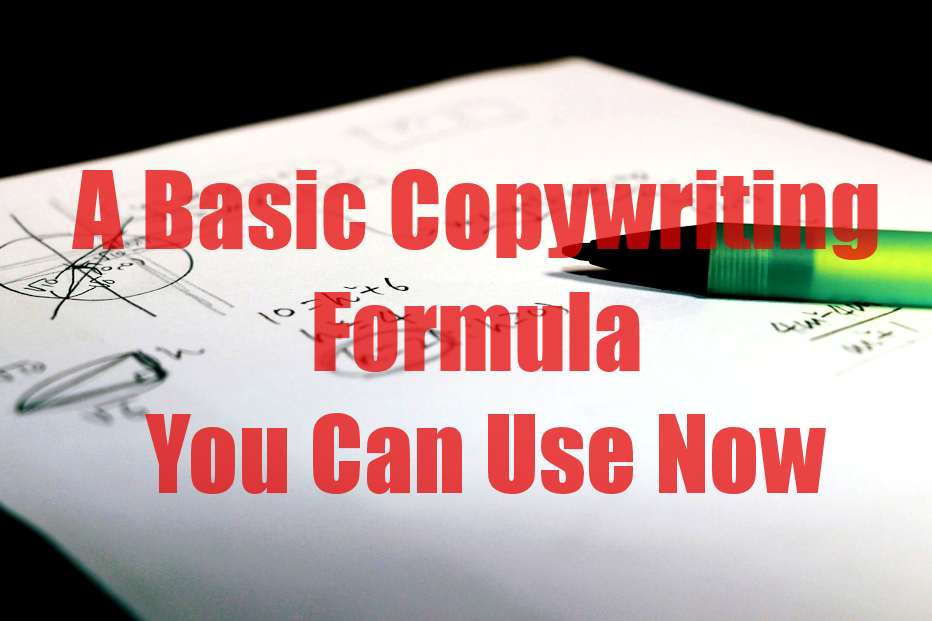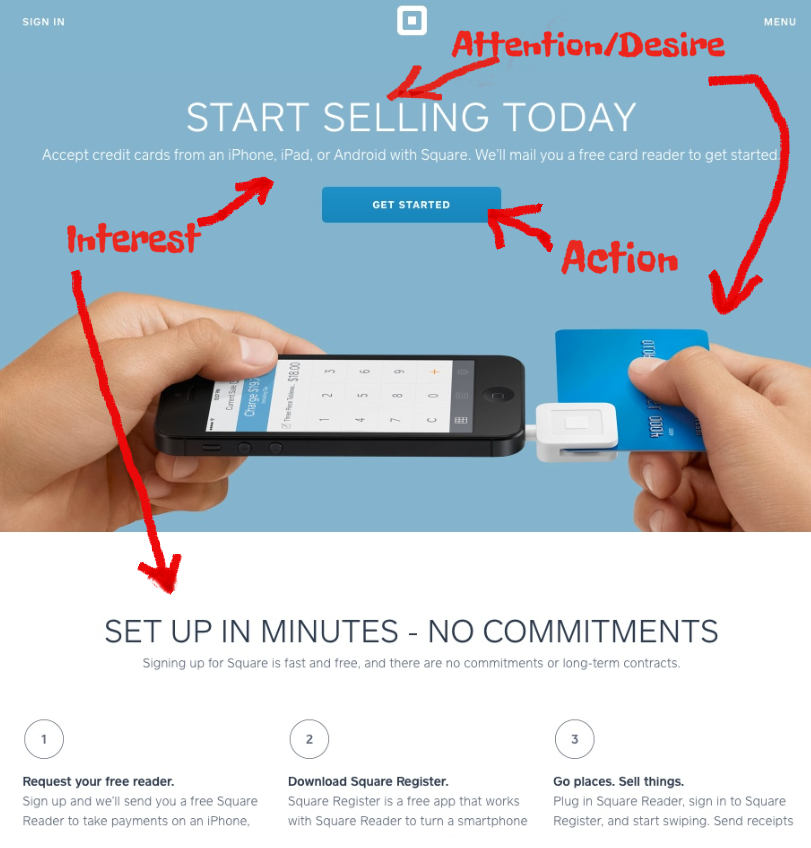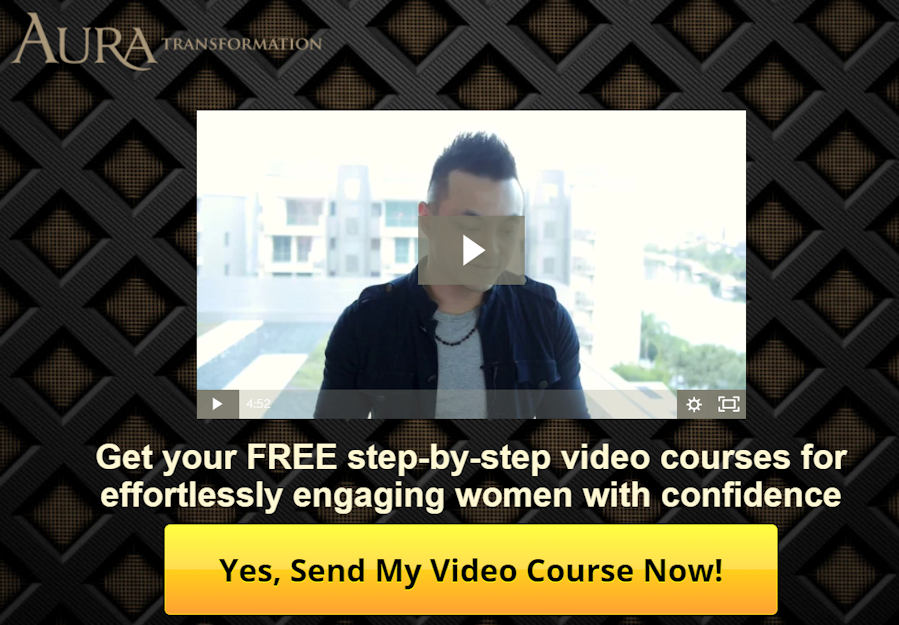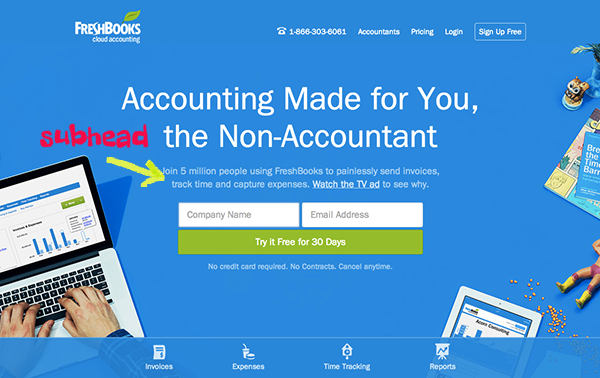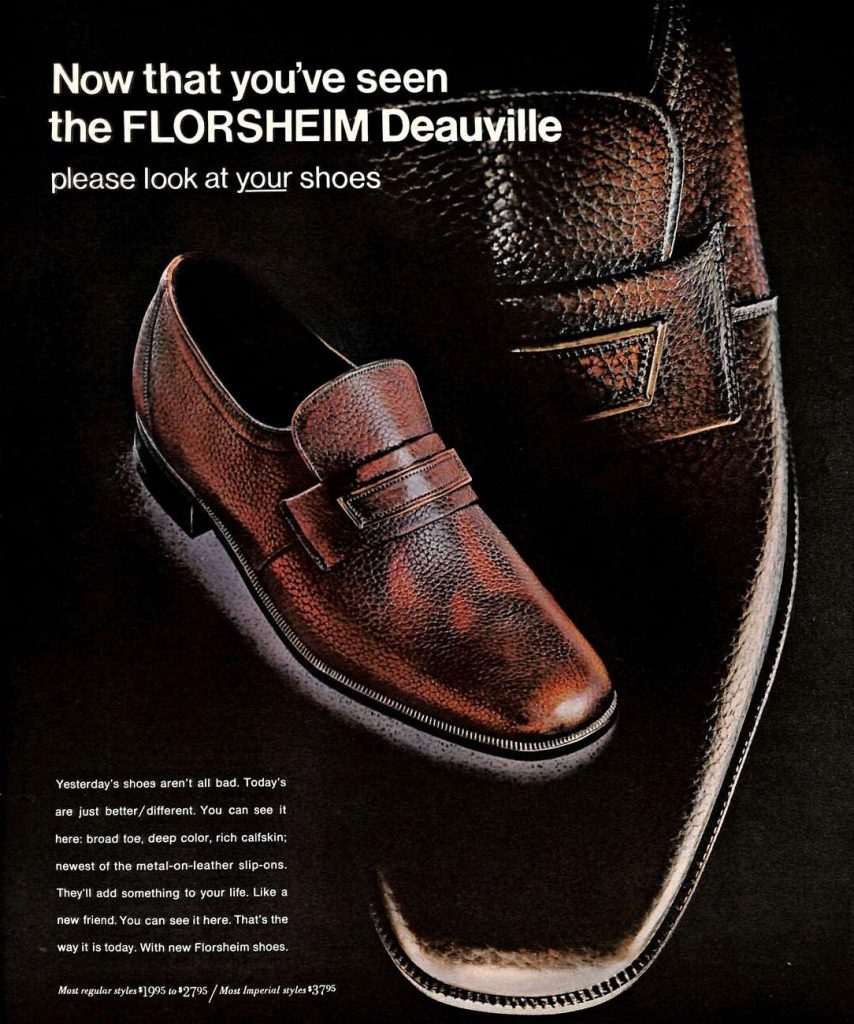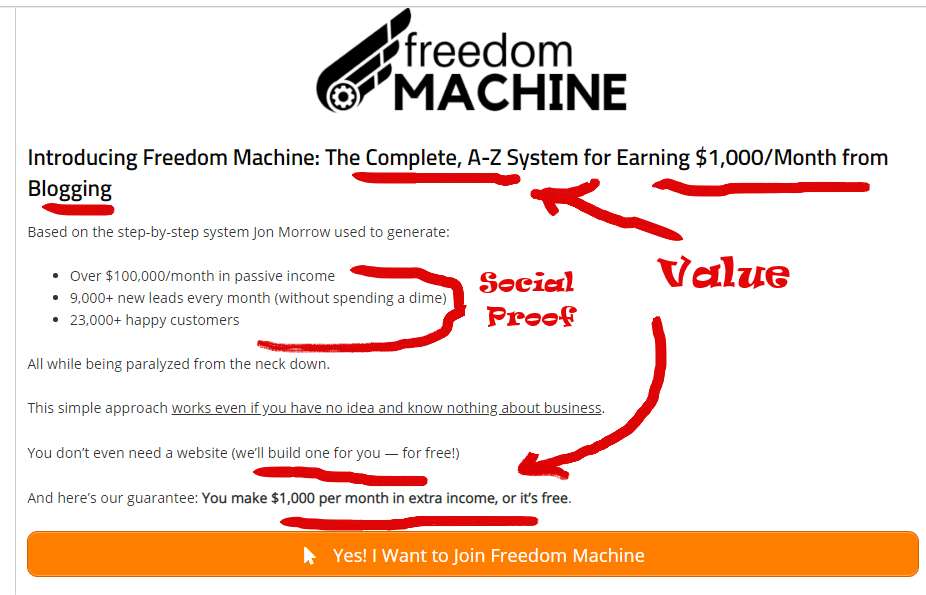Hey, Bunky, if you’re writing for websites I’ve got an easy hack for ya – its a copywriting formula or template.
Using one of these suckers, just about anyone with some time and practice can write their own copy.
If you’re a beginner and you’re trying to write for your home or landing page it will be a real challenge. Matter of fact you might start pulling your hair out.
For now, let’s just keep it a secret that you don’t know what you’re doing. Because by the end of this post, you’ll have a website copywriting formula you can use over and over again.
And the best part?
Each time you write one you’ll only get better at it.
Before You Go Further, Download The AIDA Template Worksheet Here
Get This Right or Your Landing Page Copy Will Suck
I realize how fast you want to get started, but before I unleash this template upon you I think it would be wise to caution you.
When you’re first learning how to do use this formula make sure that you remember one simple rule otherwise it won’t work.
And the rule is to make sure you treat each component of this template just as important as the other.
[ctt template=”9″ link=”f7jge” via=”no” ]With the AIDA formula, each copywriting element is just as important as the other, so make sure you treat them all with the same importance.[/ctt]
OK?
Another thing to keep in mind is to not fall in love with the first thing you write. You may have to write each section many times before it’s good enough to publish online.
Many top-earning bloggers learned copywriting first because blogging and copywriting are so similar. And just like a direct response copywriter, you sometimes have to write out a section many times. I’ve personally written out a headline 30 or 40 times just to get it right. (And by some copywriters and bloggers standards, that’s a low number.)
Just so you’ll know, this copywriting formula or template for webpages is nothing new. (Actually, when it comes to copywriting, there is no new thing under the sun.) It was first written about back in the 1920s and was used a long time before that.
AIDA – Not a Verdi Opera But a Copywriter’s Template
I know you’re kinda new to the realm of copywriting, so I’m hitting you with the very basics.
There are all kinds of other templates and formulas you can use, but this one is the most basic.
So here is the AIDA formula in all of its splendor and glory.
The AIDA Formula/Template
A = Attention
I = Interest
D = Desire
A = Action
Whew. I know that’s a lot to throw at ya, but what the heck.
So let’s look at each section to see what they are about and how they’re used.
A – Attention: You want to grab the reader’s or buyer’s attention. For a website, this is your headline or the large text that announces your site.
Note: With direct response copy, (advertising that requires you to take some sort of action like call a 1 – 800 number or mail in a response card, etc.) the pretext, headline, and subtext which are used at the very top of a sales letter are collectively called “deck copy”.
Here’s an example of that:
Example by Copywriter John Anghelache
So immediately you’ll want to capture your reader’s attention with amazing copy right from the start. Once you’ve got their attention you’re not out of the danger zone yet because now you’ve got the grab their…
I – Interest: You’ve gotten their attention, now you have a chance to lead them into getting absorbed into your message.
The reason why this part is so important is that you have mere seconds to hold their attention so they will want to read further. With a sales letter, you might have 5 or so seconds before they will decide to read on further or throw it away.
Online, your website has 3 seconds or less before they decide to look at your site further or click and go somewhere else.
Here are examples of a few websites that have high conversion rates:
As you can see, you can combine some of these elements and use them in different places on your landing pages.
D – Desire: Desire is fulfilling your prospect’s needs with what you’re offering. People in business want a very simple way to process credit card orders, and they want to fix that problem as fast and easy as possible.
In the case of the Square advertisement above, Attention and Desire are combined into the headline. Also, desire is used in the image by showing viewers how easy it is to use the product.
A – Action: You must tell your readers what it is you want them to do. (Of course, you’ll want them to buy your product or service, right?)
And make no mistake about it, you must tell them exactly what to do. In the case of this website, it’s really simple; it says, “Get Started”.
AIDA – How to Use it To Write Webpage Copy
Now we’ll get into the exact steps you’ll need to begin writing each section of your website landing page copy using the AIDA formula. It doesn’t matter what section you decide to write first.
You could start with the call to action, or you might want to work on the Interest section; it doesn’t matter.
Note: Before you begin writing any copy, you must do research first and consult your swipe files if you have them. I will go into much more detail about these topics in another post. By the way, you can use this same formula to start writing blog posts, sell items on Amazon or eBay, or run ads on Craigslist.
Grabbing Attention With Your Headline
To grab the attention of your target audience, you need to present the most important benefit the product or service will provide to the customer.
To accomplish its mission, your website headline needs to do 3 things:
- It should grab your prospect or readers attention
- Reveal the biggest benefit your product or service provides
- Be brief and no longer than 20 words (try to keep it around 10 if you can)
Let’s take a look at how different websites did this so we have a clear understanding of how to do it ourselves.
Dropbox Business
“Everything Teams Need, All In One Place”
Dropbox is a popular file-sharing site that makes it easy for you to share files with a group of people. So, their main benefit is to help business teams securely share files.
You’ll notice there is no razzle-dazzle or large explanations. Just the main benefit of what their product does in the briefest manner possible.
Warning: Don’t be deceived for a second by the simplicity of this headline. It probably took a crap-load of hours of writing and testing before the company came up with the exact words they needed.
Lifehack
“Achieve Your Life Goals and Start Living Your Best Life”
Lifehack is a site that helps individuals focus on their life’s meaning and main mission. It helps you to accomplish your personal goals and overcome your limitations. As you can see, this is all wrapped up into 10 words.
AURA
The reason why I’m using a visual on this last example is so you’ll see that you can use text elements to enhance the headline.
Notice how the word FREE is all capitalized. Also, the call to action right below it sticks out like a sore thumb just begging you to click it.
Anytime you can use text-tricks like this, do it.
If you look at older advertisements you’ll see that they used all kinds of tricks with the text to add emphasis to the copy.
Here’s an example of what I’m talking about:
In this particular ad, the copywriter used all kinds of different forms of text like emboldened and italicized text, different fonts, and dashes.
Now, I wouldn’t use all of these at once on a landing page headline, but I did want to make you aware of the different text elements you have at your disposal.
And because you’ve got about 3 seconds to generate interest in what you’re putting out, you need to know what all your options are.
Keeping Their Interest With Subheads
While headlines can get your reader’s attention, it can also generate interest. But usually, a headline alone can’t hold a prospect’s attention. So you need a subhead to keep the ball rolling on your message.
This is often the text right underneath the headline, but sometimes it can be further down the page.
Notice: When you are on a computer, the part of the webpage you see from the top to the bottom of your screen is often referred to as “the top of the fold”. This area is the most important part of the webpage because it is the part the reader sees before having to scroll down further.
So the subhead is the text right underneath the headline…usually. Here’s a good example of what I mean:
In this case, the subhead (or subtext) is right under the headline. It says:
- Join 5 million people using Freshbooks (validation through large numbers)
- to painlessly send invoices (main benefit)
- track time and capture expenses (secondary important benefits)
- Watch the TV ad to see why. (call to action.)
I want to remind you that you need to take this part 0f your website’s copy just as seriously as you would your headline.
You don’t need to write a lot of words, but you must pull out your biggest guns – your most important benefits, testimonials, numbers, organizations related to your business, anything that’ll make the reader want to take the action you’re directing them to take.
If that doesn’t work you’ll need to…
Ignite their Desire to Keep Them Interested
Sometimes when you’re writing a webpage or landing page copy, you’ll won’t need to use all of the elements. Of course, it’s best if you do, but sometimes your headline or subhead text will create a desire. In the Freshbooks landing page above, the headline and subhead did the trick…Or did it?
You’ll notice that the last blurb in the subhead said, “Watch the TV ad to see why.”
Just like the Aura webpage, the Freshbooks page uses video to fan the flames of desire in their prospects.
There are several different ways you can get “desire” to work for you seamlessly in your copy.
The first way is to appeal to the prospect’s pain.
In other words, you want to find out how your product or service can solve nagging problems in the life of your potential customer.
And the more you can zoom in on those problems and make them seem like a bigger pain in the butt, the better.
If you want to see copywriters who go nuts with this type of tactic, then watch the infomercials on TV. ( As a matter of fact, you should go on YouTube and watch as many of these as you like.)
Here’s a great example of what I’m talking about.
This video is about a product called the “Grab It”. Notice right from the get-go how they make an easy problem seem more difficult than it is.
Did you notice how the old guy couldn’t reach the control device? Did you see how he was wincing in pain trying to get to it?
With video, not only can you make your words more dramatic, but you can also add visual elements to express the pain more.
Ethical Warning of Using Desire to Motivate
I know what you’re thinking.
You’re thinking that this is preying upon the fears and desires of people who are unaware.
And if I was selling something with the sole intent of deceiving people, then you would be right. However, neither I nor you can speak for everyone.
So here’s a personal story to illustrate what I mean.
One day, my wife dropped a small bottle off of a shelf in our laundry room. Of course, I was dispatched to fetch it for her, and as I reached for it, I cut my arm on a piece of sharp metal.
I would have killed to have one of those “Grab It” devices. I mentioned to my wife I wish I had one of those things to extend my reach.
Point is, those little scenarios as funny as they may seem, actually happen. As a copywriter, you have to decide how far you have to push the envelope.
More Ways to Ignite Desire
Another way to ignite desire is by giving them the solution to what they need. When considering “need” you are sometimes dealing with a simple product.
If you’re dealing with an emotional/ego service, like dating website copy, your solution may be more complicated to address.
Either way, you’ll need to do some serious research before you begin your writing to make sure you keep their interest.
Making Desire Relevant
The last way to address desire is to acknowledge your readers by relating to them. The reason why this is so important is that people identify better with other people who understand them.
A good way to show you what I mean is by looking at the two examples below.
This is an ad for a pair of skateboarding shoes, called “Wuss”.
As you can see, this ad uses terms and images that are for a young skateboarding crowd. I guess you could say it’s a little different from the shoe ad below.
This ad by Florsheim is addressing an entirely different crowd than the “Wuss” skateboard shoe ad.
So when you are adding “desire” into your AIDA formula, you will want to speak to the ego of your prospects. Use their language, speak to their age range, talk about things that are important to them and their culture.
Getting Your Prospects to Take Action on Your Webpage
The final element in your AIDA copywriting formula is the “Action” element.
Once again, I want to remind you that this part of the formula is just as important as any other part. As a matter of fact, many top-dog copywriters will tell you this is almost as important as the headline.
This is the part where you ask your readers to take the next step. (This is also known as CTA or “Call To Action”.)
There are several different ways to do this:
- Provide Value
- Create Curiosity
- Give Social Proof
- Offer incentives
- Use Urgency
Providing Value in Your CTA
This is where you want to tell your readers and prospects what they’ll get by either subscribing, buying, or giving you their email address.
You may be giving away a free lesson, or selling an entire course but you must make your value as enticing as possible while delivering on that promise.
Jon Morrow is one of the most successful men in blogging on the planet. Here is a view of his CTA offer and the value it provides.
After giving you a lot of value propositions, Jon Morrow has a large orange button that says, “Yes! I want to join the Freedom Machine”.
Rather than commanding you to “Click Here Now to Join”, his CTA button is making it sound like it’s totally your decision to take the next step. Very clever copywriting.
(By the way, studies have shown that orange is the most noticeable color on a webpage. That’s why Jon Morrow, Neil Patel, and many other bigtime entrepreneurs choose this color for their CTA buttons.)
Create Curiosity in Your Call to Action
Personally, this is what gets me to click every time. If someone says, any of the following, I’m likely to click on it, especially if it’s a free offer.
- Top secret tips
- Guide that the pro’s use
- Get the formula that made me $100,000!
- Ultimate no-risk guide to getting tons of traffic overnight
Now, I’ve had at least 4 businesses in the last 15 years, and all of them required me to bust my buns to make money at them. In short, there are no short cuts to success in any business. And yet, when I see a call to action telling me to:
“Click Here to Find out How I Made $2344 Blogging In Just 10 Days”
It hooks me every time.
Anytime you can find a way to add an element of curiosity, do it.
People Can Give You the Proof You Need
Testimonials on your webpage are vital and you want as many of them as you can get. You also want to legitimately mention how many people either bought, used, or downloaded your offer as you can too.
There is power in numbers. Take a look below.
ClickFunnels does a lot of business, and they aren’t afraid to use it in their advertising.
It’s always amazing to me how many people I’ve worked with that won’t use this angle on their home or landing pages. I’ve had accountants with over 30 years of business and thousands of clients who won’t give an estimate of how many people they’ve successfully serviced as proof.
Any business that has had success for several years could easily leverage this.
Use Urgency and Scarcity in Your CTA
Scarcity and urgency in a call to action are a killer way to get people to respond. If you know that you have only 5 minutes left before the webinar starts to make millions of dollars selling gerbil food, chances are you’ll act. (OK not selling gerbil food, but you get the idea.)
Other ways of using this strategy:
- We have only 1o left and then they’re gone
- I’m booked solid for 2 months, but if you call today…
- You have exactly 5 minutes and 34 seconds to respond, after that, I can’t guarantee you’ll get one
- I’m retiring next month, so…(I actually got that one from a famous copywriter who has been getting ready to retire for the last 20 years.)
Conclusion
While this post is rather extensive, it will provide you a blueprint for using the AIDA formula on your Webpages.
Remember that each section is just as important as the other and that you need to test a lot before settling on copy for your landing or homepages.
If you have any questions or comments, please leave them below. Also, if you feel that you’ve gotten some value from this post, please share it. That would really make my day.
